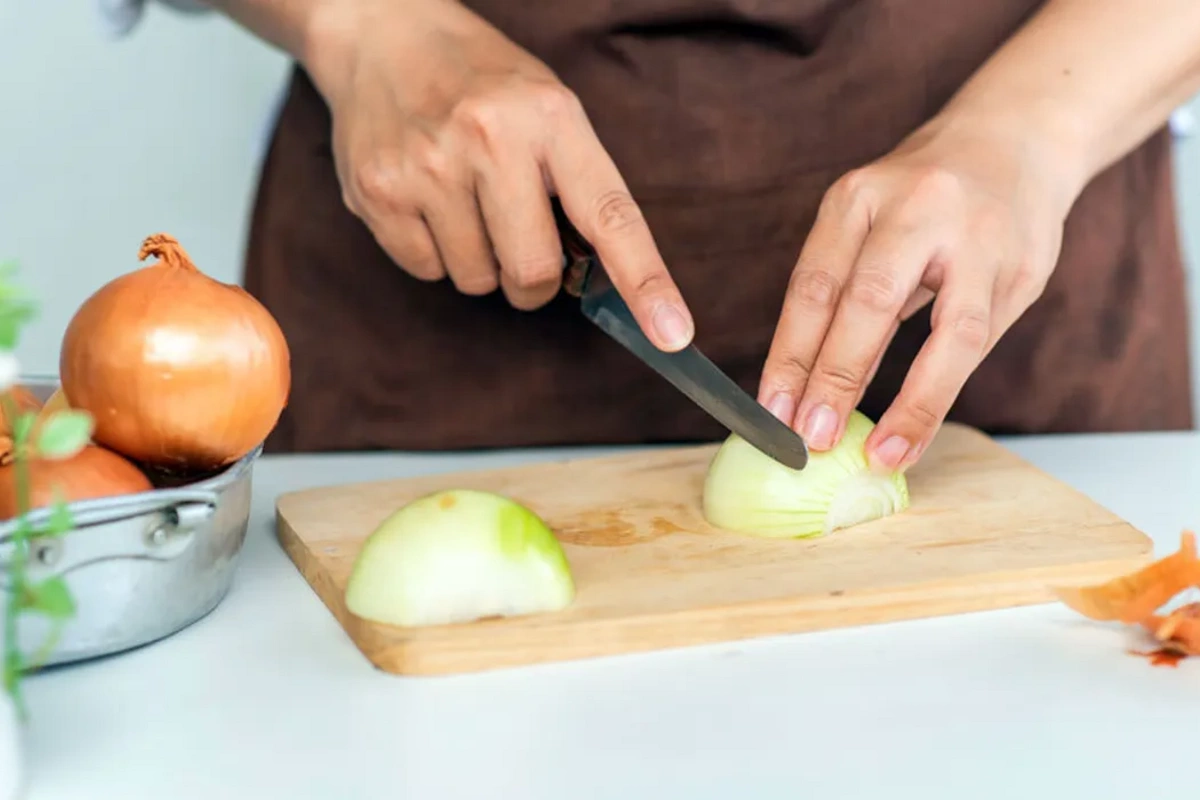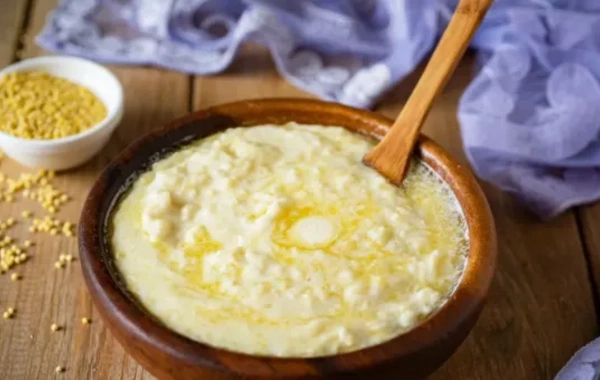Physicists revealed the secret of cutting onions without tears

American scientists conducted a detailed study of the onion cutting process to find a way to avoid tears in the kitchen. The results of their work are published on the scientific portal arXiv.
When cutting an onion, a complex of sulfur-containing compounds is released into the air, including syn-propanethiol-S-oxide - a lachrymatory substance that irritates the nerve endings of the eyes and causes tearing.
To study this process, physicists constructed a special guillotine with interchangeable blades. A quarter of an onion was covered with black paint to track deformations and then cut, recording the process with a high-speed camera. The researchers varied the thickness of the blade edge (from 5 to 200 micrometers) and cutting speed (from 0.4 to 2 meters per second).
The results were unexpected: sharp knives produce significantly fewer droplets, which also move more slowly and have less energy. When using a dull knife, the blade pushes through the onion skin, accumulating elastic energy and creating pressure inside. When cell membranes rupture, microdroplets scatter at speeds of up to 40 meters per second and can further fragment in the air.
The study showed that a dull knife produces 40 times more droplets compared to a sharp one, and high cutting speed increases the number of particles by four times. Thus, a sharp knife and slow cutting should reduce the amount of irritating substances reaching the eyes, although practical verification of this hypothesis was not conducted.
"Cutting is a very strange process. We cut food with knives every day, but to cut something, you need to act at the atomic level," noted Professor Anne Juel from the University of Manchester. "I'm not sure this will change much in the kitchen. It's not obvious that this will be particularly useful."
However, the authors of the study consider their work significant not only for combating tears when cutting onions. In their opinion, understanding the mechanism of droplet formation when cutting food is important for food safety, as various pathogens can spread with such aerosols.
Similar News
Exact symptom: dementia has begun if people say this phrase
The main misconception is that many people have come to consider dementia a natural companion of old age. This is incorrect. With age, memory may deteriorate so...




 Azərbaycanca
Azərbaycanca  По-русски
По-русски  English
English 





